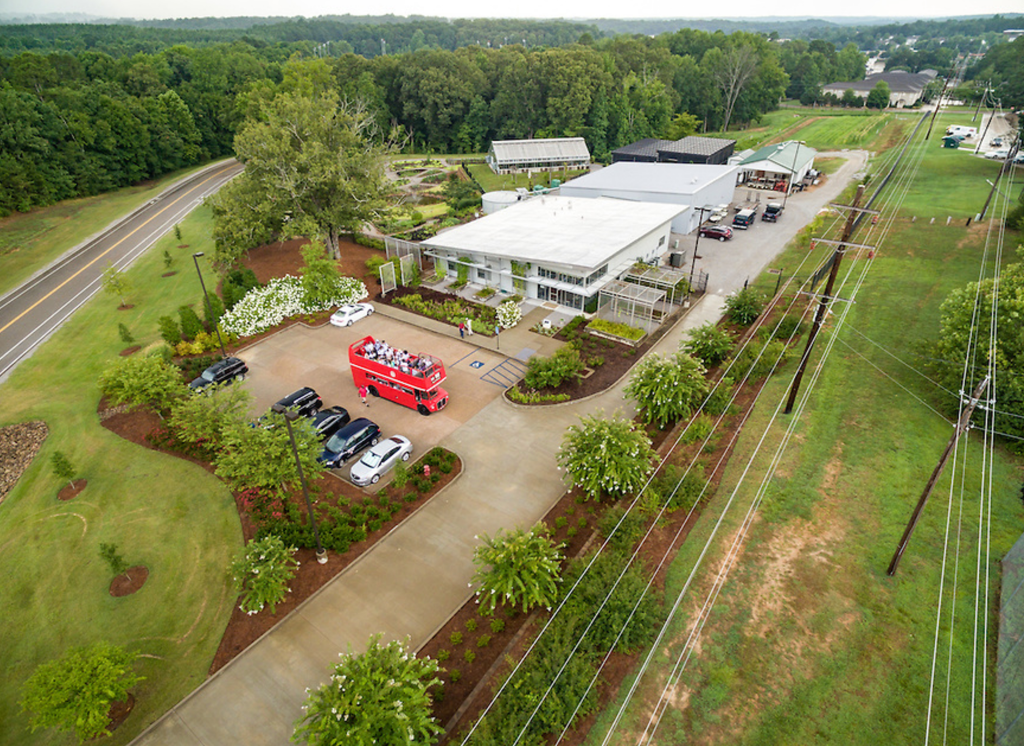About the Garden

In 2001, the U.S. Food and Drug Administration (FDA) awarded a grant to NCNPR to study the safety and efficacy of herbal dietary supplements produced within the U.S. and abroad. This established a need for a correctly identified living plant collection. The infrastructure needed to establish and maintain a living plant collection, within the medicinal plant garden, was improved and specialized staff members were hired to implement this program.
Although starting small, the living collection now contains over 1,000 species from all geographic regions of the world. While there are only a few botanical gardens in the world that are dedicated to growing only medicinal plants, the Maynard W. Quimby Medicinal Plant Garden has one of the finest living medicinal plant collections in the U.S. The garden is registered with the Botanic Gardens Conservation International (BGCI) and is also a member of both the International Plant Exchange Network (IPEN) and the American Association of Botanical Gardens and Arboreta. These were crucial steps in allowing the garden to obtain medicinal plant germplasm. As the living collection began to grow, the garden established it’s own seed bank. Today the garden has over 1,000 seed bank entries. These seeds are exchanged between various leading botanical institutes, both nationally and internationally, to promote medicinal plant research and contribute towards the conservation of these valuable germplasm.
On Wednesday, April 17, 2013, the Maynard W. Quimby Medicinal Plant Garden’s new facility was dedicated. The location just west of the old facility consolidates and streamlines daily production activities, as well as occupies one of the first LEED ‘Silver’ Certified buildings on the UM Campus.
The building’s nontraditional design allows rainwater to be captured and stored for use in greenhouse watering, and the use of living “green screens” provides sun shading along the building’s exterior. The interior features occupancy sensored lighting throughout, a triad recycling receptacle, and the utilities are monitored by ultra-modern smart meters.
Careful planning in locating the buildings, within the site, minimized tree removal. We saved over more than 200 trees, that remain in a two-acre natural forest area for future research on medicinal plants in this type of habitat. The site also contains a small .25 acre pond that was saved with hopes of future development for research on aquatic medicinal species. Plants are displayed in a taxonomically correct, more visually appealing arrangement than in the previous facility.
The Medicinal Plant Garden will continue to improve contributions to research while expanding efforts to develop educational programs that will promote knowledge, understanding and preservation of medicinal plants for the university, local community and surrounding areas.
Video: the Maynard W. Quimby Medicinal Plant Garden in 2016, and the UDSA Cooperative Agreement planting of stevia and bitter gourd.